Explore 11 Oregon Ghost Towns That Are Both Creepy And Beautiful
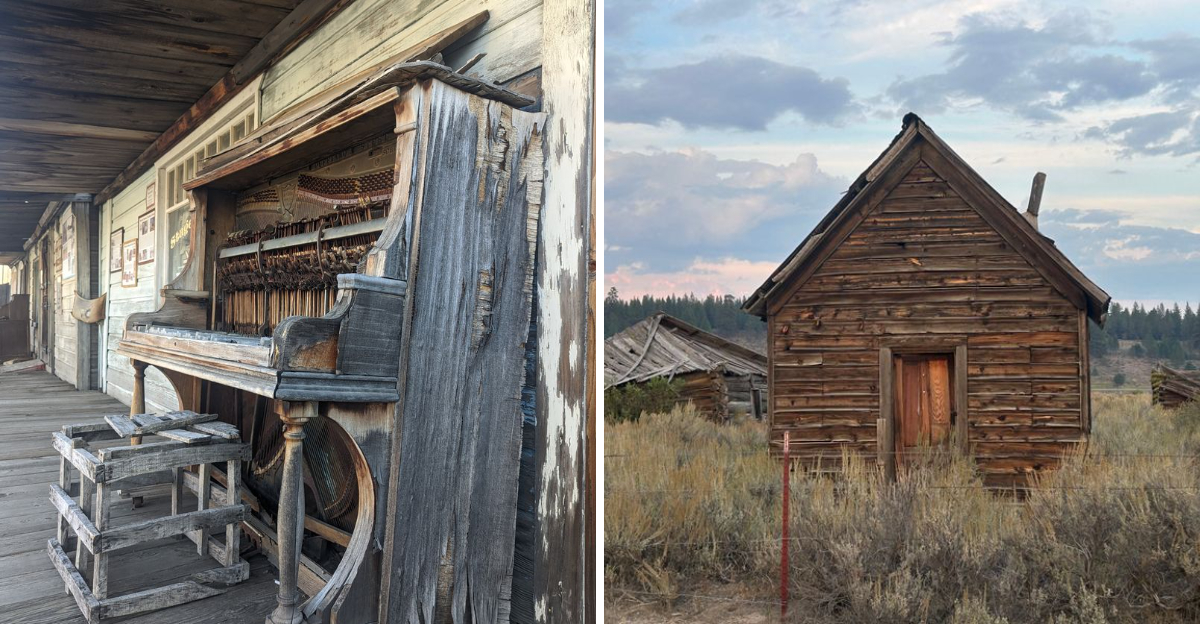
Oregon’s high desert and mountain landscapes hide dozens of abandoned settlements that tell stories of gold rush dreams and forgotten hopes.
These ghost towns offer a fascinating glimpse into the past, where weathered buildings and empty streets create an eerie yet captivating atmosphere.
Exploring these deserted places feels like stepping into a time machine, where history whispers through broken windows and dusty roads.
1. Shaniko
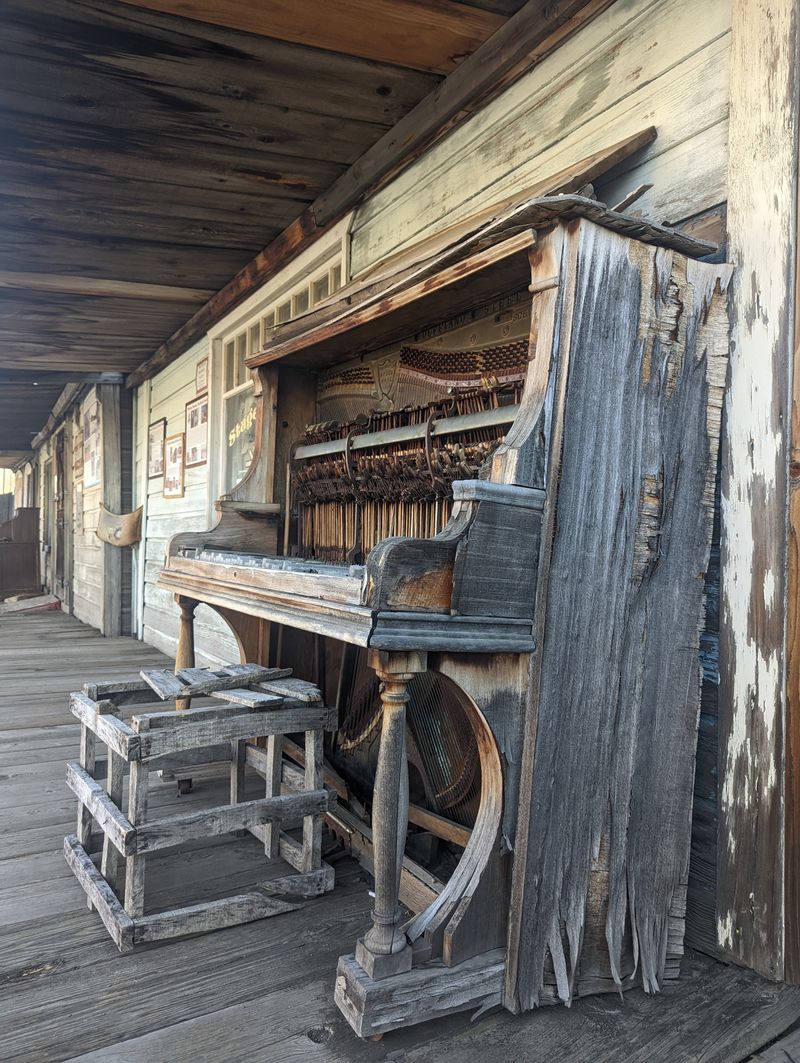
Once called the “Wool Capital of the World,” this high desert town shipped millions of pounds of wool in its heyday.
Walking down the main street feels like wandering onto a movie set, with the old hotel still standing as a monument to better days.
Photographers absolutely love this place because the light hits those weathered buildings just right at sunset.
The empty storefronts and vintage signs make you wonder about the people who once called this bustling railroad hub home, back when thousands passed through daily.
2. Sumpter
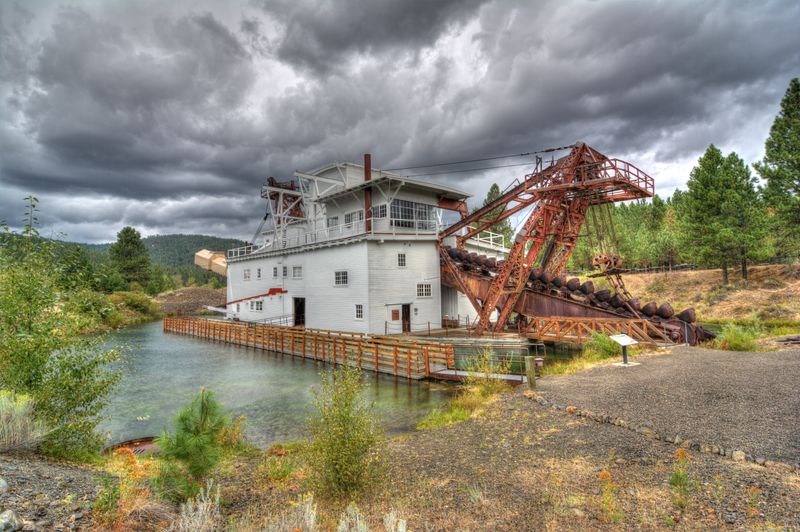
Gold fever brought thousands of miners to this mountain valley, and the massive dredge sitting in the valley proves they meant business.
That hulking piece of machinery chewed through the landscape like a hungry giant, searching for precious metal.
Today, you can actually tour the dredge and imagine what life was like for those determined prospectors.
The town still has a few residents who maintain the historic buildings, creating an interesting blend of living history and genuine abandonment that makes every visit memorable.
3. Granite
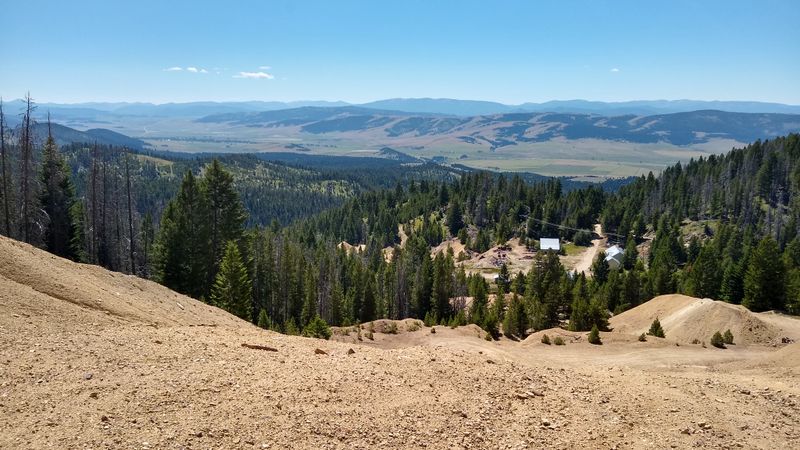
Tucked away in the Blue Mountains at nearly 5,000 feet elevation, this remote settlement once boasted a population of 5,000 gold-hungry souls.
Getting there requires driving some seriously winding mountain roads, but the journey rewards you with authentic Western ghost town vibes.
A few hardy souls still live here year-round, keeping the general store open during summer months.
The old buildings lean at precarious angles, and wildflowers grow through cracks in foundations, creating hauntingly beautiful scenes that photographers dream about capturing.
4. Greenhorn
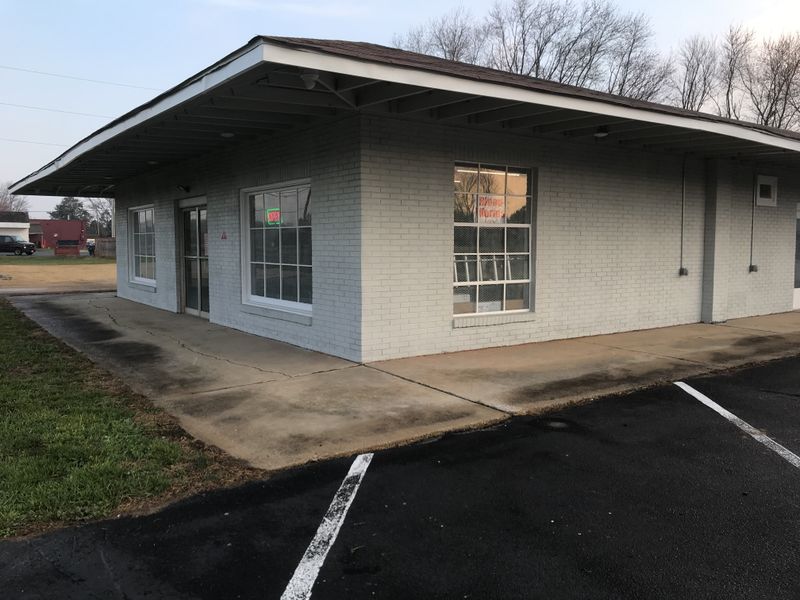
Perched at over 6,000 feet, this might be Oregon’s highest ghost town and definitely one of its smallest.
Only a handful of structures remain standing, clinging to the mountainside like stubborn memories refusing to fade away completely.
The name supposedly came from inexperienced miners who tried their luck here, though some locals tell different stories.
Snow buries this place deep in winter, making it accessible only during warmer months when adventurous explorers brave the rough road to witness its isolated beauty and feel the mountain wind whistle through empty doorways.
5. Bourne
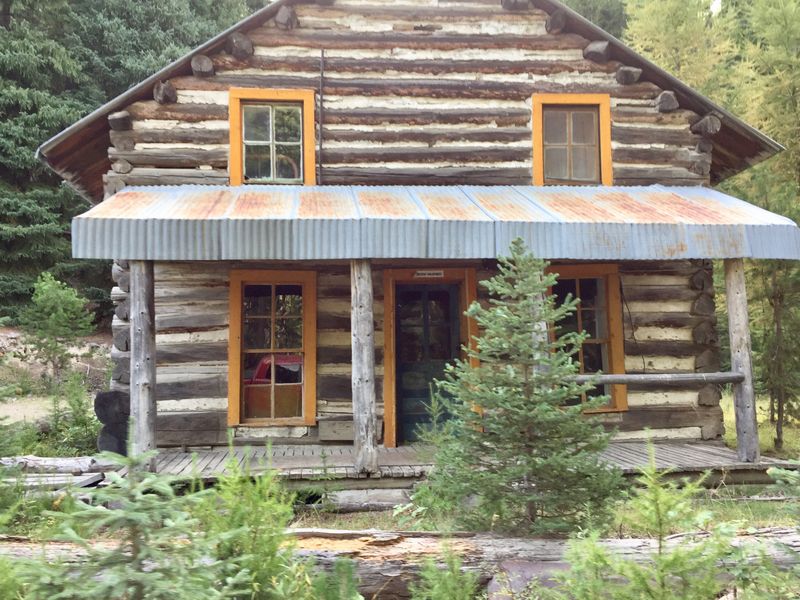
This gold mining camp thrived in the early 1900s when the Cracker Oregon Mine produced serious wealth.
Nature has been steadily reclaiming the town, with trees growing through collapsed roofs and vines wrapping around porch railings like green fingers.
Several cabins still stand in various states of decay, their stories written in peeling paint and sagging beams.
Getting here means following forest roads that test your vehicle’s suspension and your sense of adventure.
6. Whitney

Established to support nearby mining operations, Whitney sits in splendid isolation where few modern travelers venture.
The remaining structures tell stories of hardworking families who carved out lives in this unforgiving landscape, hoping for prosperity that never quite materialized.
Sagebrush and juniper trees now surround the weathered buildings, and the silence here feels almost sacred.
Visitors often report feeling like they’re trespassing on history itself, walking carefully through rooms where families once gathered around dinner tables.
7. Golden
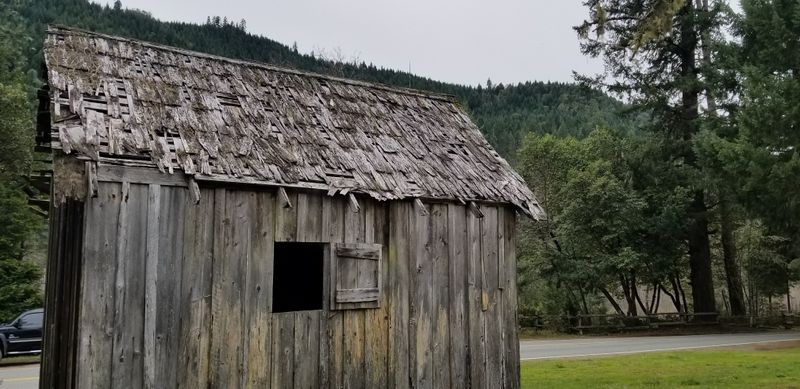
Started as a stagecoach stop in the 1840s, Golden later became a supply center for nearby mining operations.
The town’s name perfectly captured the dreams that drew people to this corner of southern Oregon, though most found more dust than gold.
A beautiful old church still stands watch over the valley, its white paint peeling but its steeple still proud against the sky.
Several homes and commercial buildings remain scattered across the landscape, creating a picturesque scene that artists and history buffs find irresistible.
8. Buncom

This tiny mining settlement in southern Oregon produced modest amounts of gold but major amounts of character.
The town got its unusual name from a local postmaster, and that quirky beginning set the tone for everything that followed.
Several buildings still stand, including a remarkably well-preserved general store that looks like it could open for business tomorrow.
Locals occasionally use the old community hall for gatherings, creating an interesting connection between past and present.
9. Hardman

Named after an early settler rather than the tough characters who lived there, Hardman sits in wheat country where farming replaced gold fever as the primary occupation.
A surprising number of buildings remain standing, including the old school and several homes that tilt at gravity-defying angles.
Walking these empty streets feels especially poignant because this town died slowly rather than suddenly, families leaving one by one as opportunities dried up.
The surrounding landscape stretches endlessly, emphasizing the isolation that eventually doomed this community.
10. Friend

With perhaps the friendliest name of any ghost town, this settlement started with optimism that reality couldn’t quite support.
Located in remote country where harsh winters and isolation tested every resident’s determination, Friend never grew beyond a small cluster of buildings.
Very little remains standing today, making it a true ghost among ghost towns where imagination must fill in most details.
Visiting requires serious navigation skills and a good map, but finding this forgotten place feels like discovering a secret that the desert almost kept hidden forever.
11. Richmond

This mining town boomed briefly when local mines produced promising ore samples that attracted hopeful investors and hardworking miners.
Richmond grew quickly with saloons, stores, and homes springing up almost overnight in typical gold rush fashion.
The boom didn’t last long, and when the mines played out, people scattered faster than they’d arrived.
Today, scattered foundations and a few partial structures mark where buildings once stood proudly.
